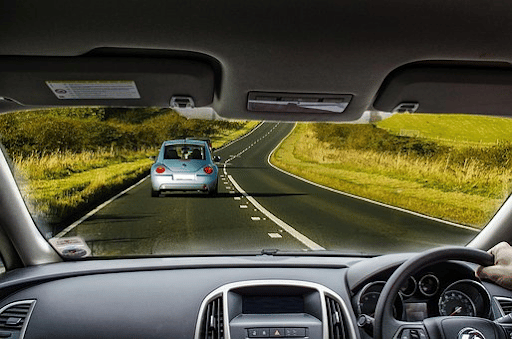As a parent, teaching your teen how to drive is a significant and exciting step. Beyond that, you have a lot of important instructions to provide them, particularly staying safe behind the wheel. Statistics reveal that teen drivers are three times more likely to cause or be involved in a road collision than adults. Such stats make it essential to teach your teen driver practical road safety tips such as those listed below.
1. Prepare them for night driving and bad weather
As a parent, one of the most vital things you can do is ensure your teen is prepared for bad weather and night driving. Teach them to slow down in such conditions, as slick roads can lead to slipping and sliding. Encourage your teen to watch out for potholes and low visibility. At night, visibility is worse, so advise your teen to look ahead for potential hazards that might be unexpected or harder to see. Other things to look out for include other drivers, animals, pedestrians, and any broken-down vehicles that might be in their way.
2. Take them through real-life scenarios
Show your teen how to perform basic car maintenance, such as checking fluid levels and tire pressure. Additionally, review common car problems and potential solutions together. Your teen should also understand what to do in a crash or breakdown. Have them practice using their hazard lights and have a family emergency road kit in the car at all times, such as a car charger, blankets, snacks, a first aid kit, and important contact information. Advise them to stay in the car until help arrives and not try to fix anything themselves.
3. Remind them of the essence of basic road safety rules
These rules include simple but often overlooked steps such as avoiding aggressive driving, using cruise control when appropriate, refraining from driving in extreme weather conditions, and being aware of blind spots. All drivers must follow traffic laws and respect other drivers, regardless of age or experience level. It’s also important for your teen to understand the risks and impacts of car accidents. Remind your teen driver to avoid any potentially dangerous behavior, not drive when impaired by drugs or alcohol, and always follow basic traffic laws and posted signs or signals.
4. Explore safety features and precautions
Ensure your teen driver is aware of all the safety features available in their vehicle, such as the seatbelt, airbag, and anti-lock brakes. Suppose the car has blind spot monitoring and lane assist. In that case, have your teen familiarize themselves with how they work. This way, they can become comfortable using them if necessary. Your teen should also learn to use their headlights properly, including using low beams when there are other drivers and high beams when they’re alone on a dark street. They should not flash their bright light at oncoming drivers or misuse beams unless necessary, as it could cause a distraction.
5. Practise defensive driving
As the popular saying goes, practice makes perfect. Practising defensive driving with your teen driver is essential. Remind them to drive with caution, watch their speed, be aware of their surroundings, and leave plenty of space between them and other vehicles on the road. Encourage your teen to avoid potential distractions by putting away all electronics, including phones, laptops, and tablets. They should acquaint themselves with the local roads, and know their route before they start driving.
As a parent, running through a safety checklist before hitting the road can help instill good driving habits in your teen driver and ensure they stay safe while on the road. Set a good example and show your teen driver why road safety is important. It will save them and others from costly tickets, crashes, and serious injuries or death, and make them better drivers.






